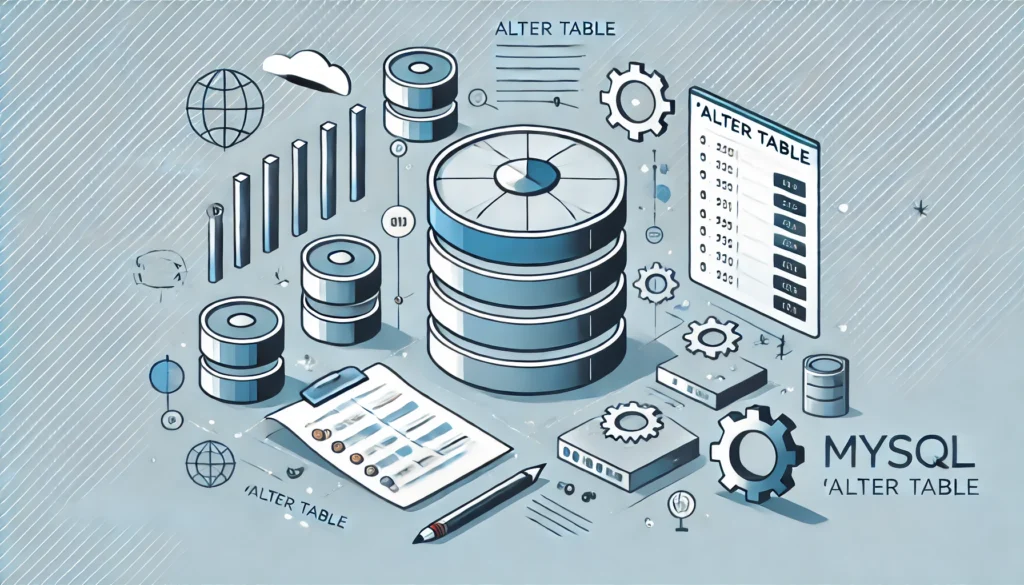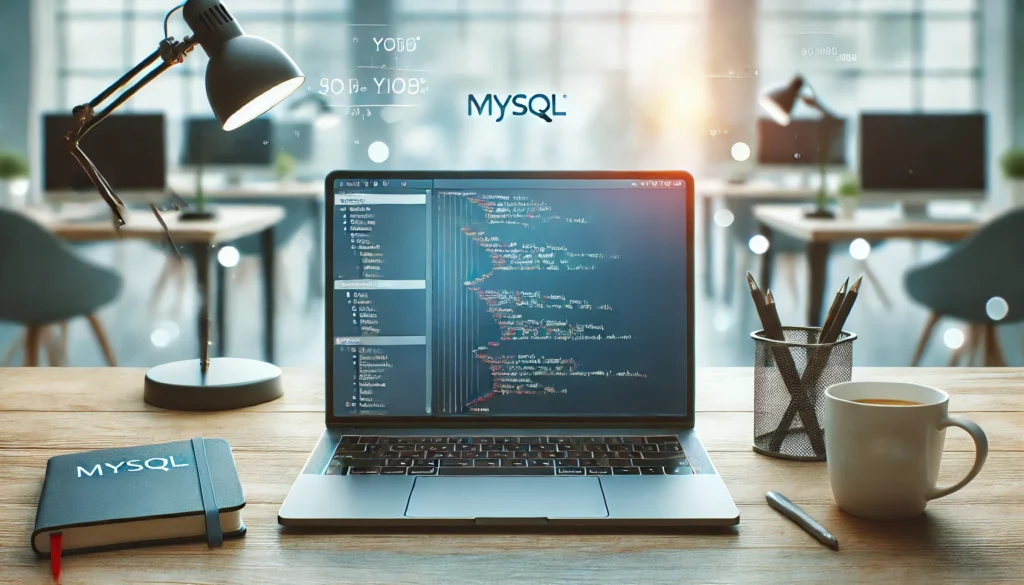अपने बिजनेस की खुद की वेबसाइट होने के फायदे
आज के डिजिटल युग में, किसी भी बिजनेस के लिए ऑनलाइन उपस्थिति बेहद जरूरी हो गई है। ऐसे में एक पेशेवर वेबसाइट आपके बिजनेस...
Read More →
आज के डिजिटल युग में, किसी भी बिजनेस के लिए ऑनलाइन उपस्थिति बेहद जरूरी हो गई है। ऐसे में एक पेशेवर वेबसाइट आपके बिजनेस...
Read More →
Python is a powerful programming language known for its simplicity and versatility. One of the many tools that Python offers to make programming easier...
Read More →
MySQL is one of the most widely used relational database management systems (RDBMS) in the world. It provides a robust and flexible SQL (Structured...
Read More →
MySQL is a widely-used relational database management system (RDBMS) that supports structured query language (SQL) for managing and manipulating data. One of the most...
Read More →
Understanding the MySQL DELETE Query: A Step-by-Step Guide Author: Itxperts When managing data in MySQL, there are times when you need to remove specific...
Read More →
Mastering the MySQL UPDATE Query: A Guide by ITXperts Introduction The MySQL UPDATE query is a powerful command used to modify existing records in...
Read More →
A Complete Guide to the MySQL “INSERT INTO” Statement by Itxperts Introduction MySQL is one of the most widely used relational database management systems,...
Read More →
How to Create a Table in MySQL – A Beginner’s Guide by Itxperts Creating tables in MySQL is a fundamental skill for anyone working...
Read More →
Python 3.13 has arrived, packed with improvements, optimizations, and new functionalities that enhance both the development experience and performance. From syntax enhancements to updated...
Read More →
Information Technology (IT) is an essential subject for students of Class 9th under the CBSE curriculum. IT not only enhances digital literacy but also...
Read More →
Here are 50 essential Python questions and answers designed to help CBSE students ace their exams and deepen their understanding of core Python concepts
Read More →
If you’re a student in Shivpuri, Madhya Pradesh, and looking for high-quality coaching in Computer Science (CS) or Informatics Practices (IP) for CBSE Class...
Read More →
In today’s fast-paced digital world, having a professional and engaging website is crucial for any business or personal brand. Whether you’re looking to boost...
Read More →